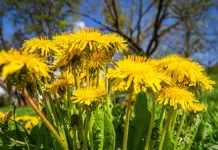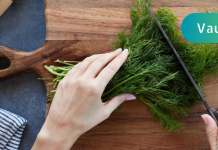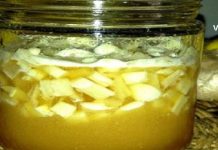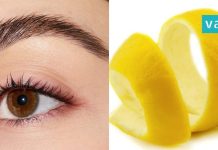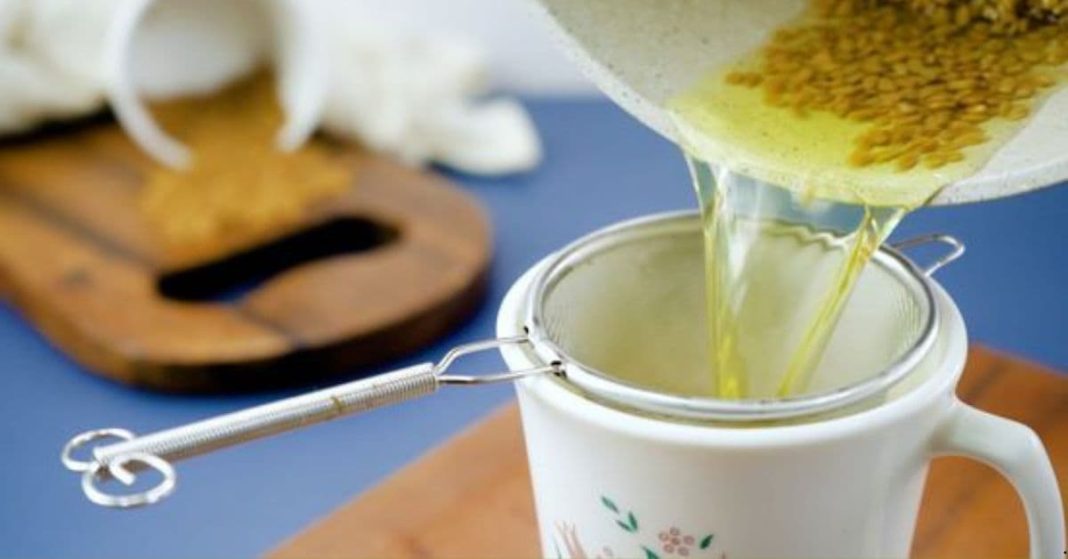Diabetes, especially type 2 diabetes, is a growing global health issue, yet its roots reach far back in medical history. Long before the discovery of insulin or glucose monitoring, traditional healers across different cultures recognized symptoms of excessive thirst, frequent urination, and fatigue — and responded with nature-based treatments. Folk medicine for diabetes focused primarily on herbal teas, natural foods, and lifestyle changes that aimed to balance the body’s sugar levels. While these remedies cannot replace modern medical care, they offer valuable support and prevention strategies still used by many today.
Understanding Folk Medicine’s Approach to Diabetes
In traditional systems like Ayurveda, Traditional Chinese Medicine (TCM), Persian medicine, and Eastern European folk practices, diabetes-like symptoms were seen as imbalances in the body’s energy, fluids, or heat. Remedies were developed to restore internal harmony by reducing “sweetness” or “dampness” in the body, improving digestion, and strengthening the organs involved in sugar processing — primarily the pancreas and liver.
1. Herbal Teas for Natural Blood Sugar Support
1.1. Cinnamon Tea
In Middle Eastern and Indian folk traditions, cinnamon has long been used to stimulate digestion and reduce sugar cravings. Modern studies suggest that Ceylon cinnamon in particular can increase insulin sensitivity and help lower fasting blood sugar levels.
Traditional Use:
- Boil one teaspoon of ground cinnamon or a small cinnamon stick in one cup of water for 5–10 minutes
- Drink once or twice a day, especially after meals
Caution: Use Ceylon cinnamon (not cassia), as it is lower in coumarin, which can be harmful in high doses
1.2. Fenugreek Tea
Used in Ayurvedic and Middle Eastern medicine, fenugreek seeds are known for their ability to regulate blood sugar and improve glucose tolerance.
Traditional Use:
- Soak 1–2 teaspoons of fenugreek seeds in water overnight
- In the morning, boil or consume the soaked water and seeds on an empty stomach
Effect: Slows sugar absorption and improves insulin function
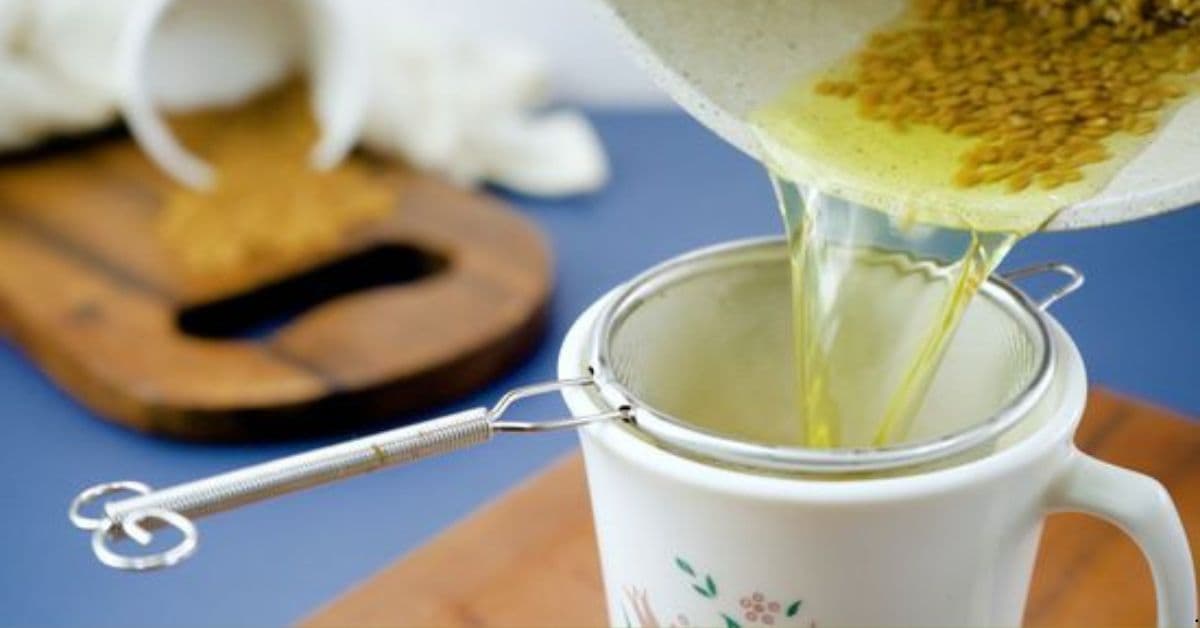
1.3. Nettle Leaf Tea
Common in Slavic and Balkan folk medicine, nettle was seen as a “blood purifier” and mild diuretic that also helped with sugar metabolism.
Traditional Use:
- Steep 1 tablespoon of dried nettle leaves in hot water for 10 minutes
- Drink 1–2 times daily
Modern Research: Nettle may reduce blood glucose and boost pancreatic function in early-stage diabetes
1.4. Bilberry Leaf Tea
In rural European traditions, the leaves of the bilberry plant (not just the fruit) were brewed as a tea for people suffering from “sweet urine” — an old term for diabetes.
Traditional Use:
- Steep 1 teaspoon of dried bilberry leaves in 1 cup of boiling water
- Drink once daily before meals
Effect: May reduce blood sugar and protect small blood vessels, beneficial for diabetic eye and nerve health
2. Traditional Natural Remedies for Blood Sugar Control
2.1. Apple Cider Vinegar
In European and Caucasian folk healing, diluted vinegar was consumed before meals to support digestion and “clean the blood.”
How to Use:
- Mix 1 tablespoon of raw, unfiltered apple cider vinegar in a glass of water
- Drink before carbohydrate-rich meals
Effect: May reduce post-meal blood sugar spikes by slowing starch breakdown
2.2. Garlic and Onion
In Georgian and Mediterranean folk diets, garlic and onion were eaten daily for their circulatory and metabolic benefits. Modern research confirms they may help lower blood sugar and cholesterol levels.
Suggested Use:
- Eat 1 raw garlic clove or a small portion of raw onion daily
- Include in salads or take with a teaspoon of olive oil to reduce sharpness
2.3. Flaxseed Water
Popular in Eastern European and Central Asian folk practices, flaxseed is known to support digestion and stabilize blood sugar levels due to its fiber and omega-3 content.
How to Prepare:
- Soak 1 tablespoon of whole flaxseeds in a glass of warm water overnight
- Drink the gel-like mixture in the morning on an empty stomach
3. Folk Diet Principles for Diabetes Control
In addition to herbs and teas, traditional diabetes care often involved dietary wisdom:
Avoiding refined grains and sugars: Folk healers emphasized whole grains and unprocessed foods
Including sour, bitter, and astringent flavors: These were believed to “cool” the body and reduce excess sugar
Using vinegar, lemon, and fermented foods: Common in Georgian, Balkan, and Asian traditions to balance meals
Eating meals at regular times: Consistent timing was thought to regulate digestion and energy balance
4. Warming Compresses and Foot Care
Though less common, some folk remedies addressed diabetes symptoms like numbness or poor circulation in the feet:
Warm mustard seed oil massage: To stimulate blood flow
Foot soaks with salt and vinegar: Used to relieve discomfort and prevent fungal infections in traditional Slavic care
Comfrey or nettle poultices: Applied to joints or limbs for nerve pain relief
Safety and Medical Considerations
Folk remedies can offer supportive care but should never replace prescribed medications or medical supervision. Individuals with diabetes should:
- Monitor blood glucose regularly
- Inform their doctor about any herbs or supplements they use
- Avoid combining multiple remedies without understanding potential interactions
Caution: Some herbs like fenugreek or bilberry may enhance the effects of blood sugar medications, leading to hypoglycemia if not monitored properly.
Folk medicine for diabetes emphasizes simplicity, consistency, and the natural synergy between plants and the body. From herbal teas like cinnamon, nettle, and bilberry to time-tested foods like garlic and flaxseed, traditional remedies offer valuable tools for managing blood sugar gently and effectively. When used with awareness and in conjunction with modern care, these natural practices can help support a healthier, more balanced life for those living with or seeking to prevent type 2 diabetes.
